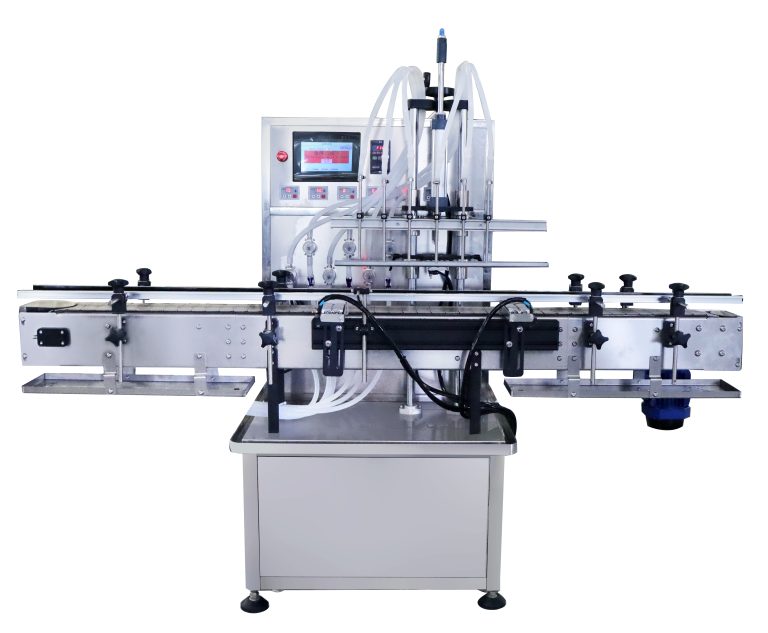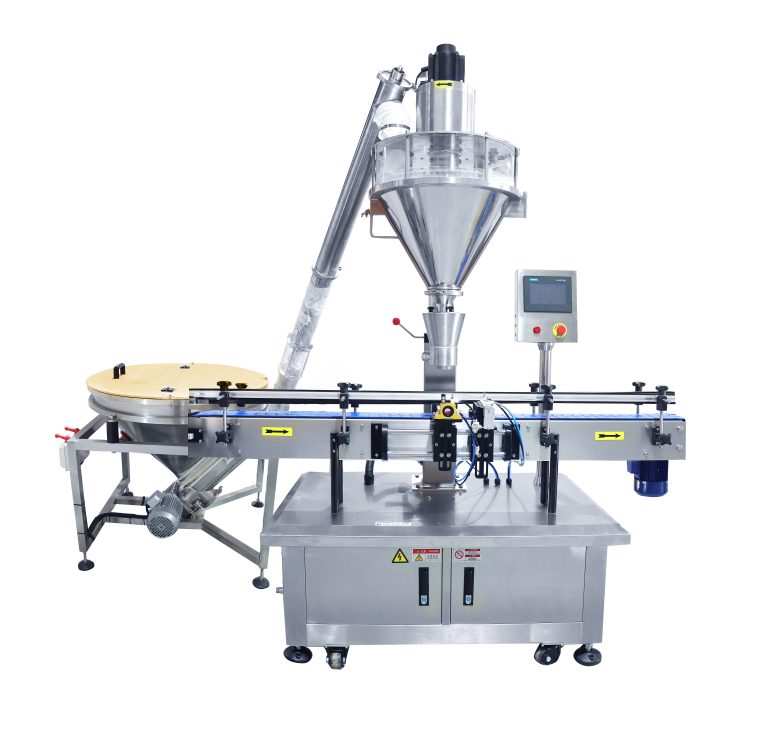Table of Contents
Tips for Packing Meat into Cans for Vacuum Sealing
When it comes to preserving meat and canned food for long-term storage, vacuum sealing is a popular method that helps to extend the shelf life of these perishable items. Vacuum sealing removes air from the packaging, which helps to prevent the growth of bacteria and mold that can cause food to spoil. One of the most effective ways to vacuum seal meat and canned food is by using a vacuum can sealer.
A vacuum can sealer is a machine that is specifically designed to seal cans by removing the air from inside the can and creating a tight seal that helps to preserve the contents. These machines are easy to use and can be a valuable tool for anyone looking to store meat and canned food for an extended period of time.
When packing meat into cans for vacuum sealing, there are a few tips to keep in mind to ensure that the process is successful. First, it is important to choose high-quality cans that are designed for vacuum sealing. These cans are typically made of durable materials that can withstand the pressure of the vacuum sealing process without breaking or leaking.
Before packing the meat into the cans, it is important to ensure that the cans are clean and dry. Any dirt or moisture inside the can can compromise the seal and lead to spoilage of the contents. Once the cans are clean and dry, the meat can be packed into the cans using a canning funnel to help prevent spills and ensure that the cans are filled evenly.
When packing the meat into the cans, it is important to leave some space at the top of the can to allow for the vacuum sealing process. Overfilling the cans can prevent the vacuum sealer from creating a tight seal, which can lead to spoilage of the contents. It is also important to remove any air pockets or bubbles from the can before sealing to ensure that the vacuum sealer can remove all of the air from inside the can.
Once the meat is packed into the cans, it is time to seal them using the vacuum can sealer. The vacuum can sealer works by removing the air from inside the can and creating a tight seal that helps to preserve the contents. To use the vacuum can sealer, simply place the can in the machine and follow the manufacturer’s instructions for sealing.
After the cans are sealed, it is important to store them in a cool, dry place away from direct sunlight and heat. Proper storage of the sealed cans can help to extend the shelf life of the contents and prevent spoilage. It is also a good idea to label the cans with the date that they were sealed and the contents to help keep track of what is inside each can.
In conclusion, vacuum sealing meat and canned food is a great way to extend the shelf life of these perishable items. Using a vacuum can sealer can help to ensure that the contents are properly sealed and preserved for long-term storage. By following these tips for packing meat into cans for vacuum sealing, you can help to ensure that your food stays fresh and safe to eat for months or even years to come.
How to Properly Seal Canned Food Using a Vacuum Can Sealer
When it comes to preserving food, especially meat and canned goods, proper sealing is essential to ensure freshness and prevent spoilage. One of the most effective ways to seal canned food is by using a vacuum can sealer. This device removes air from the can before sealing it, creating a vacuum seal that helps to extend the shelf life of the food inside.
To properly seal canned food using a vacuum can sealer, there are a few steps that need to be followed. First, make sure that the can sealer is clean and in good working condition. Inspect the sealing ring and make sure that it is free of any debris or damage that could prevent a proper seal from being formed.
Next, prepare the food that you want to seal in the cans. If you are sealing meat, make sure that it is cooked thoroughly before placing it in the can. For canned goods, make sure that the contents are at the right temperature and consistency for sealing.
Once the food is ready, place it in the can and make sure that there is enough headspace at the top to allow for proper sealing. Place the lid on the can and place it in the vacuum can sealer. Make sure that the lid is securely in place before starting the sealing process.

Turn on the vacuum can sealer and allow it to remove the air from the can. This process may take a few minutes, depending on the size of the can and the amount of air that needs to be removed. Once the air has been removed, the sealer will automatically seal the can, creating a tight vacuum seal.
After the can has been sealed, remove it from the vacuum can sealer and inspect the seal to make sure that it is tight and secure. If there are any signs of air leakage, reseal the can using the vacuum can sealer again.
Properly sealed canned food can last for months or even years, depending on the type of food and the conditions in which it is stored. Vacuum sealing helps to prevent oxidation and spoilage, keeping the food fresh and safe to eat.
In conclusion, using a vacuum can sealer is an effective way to properly seal canned food, especially meat and other perishable goods. By following the steps outlined above, you can ensure that your canned food is properly sealed and preserved for long-term storage. Vacuum sealing is a simple and efficient way to extend the shelf life of your food and reduce waste. Consider investing in a vacuum can sealer for your home or business to ensure that your canned food stays fresh and safe to eat.







